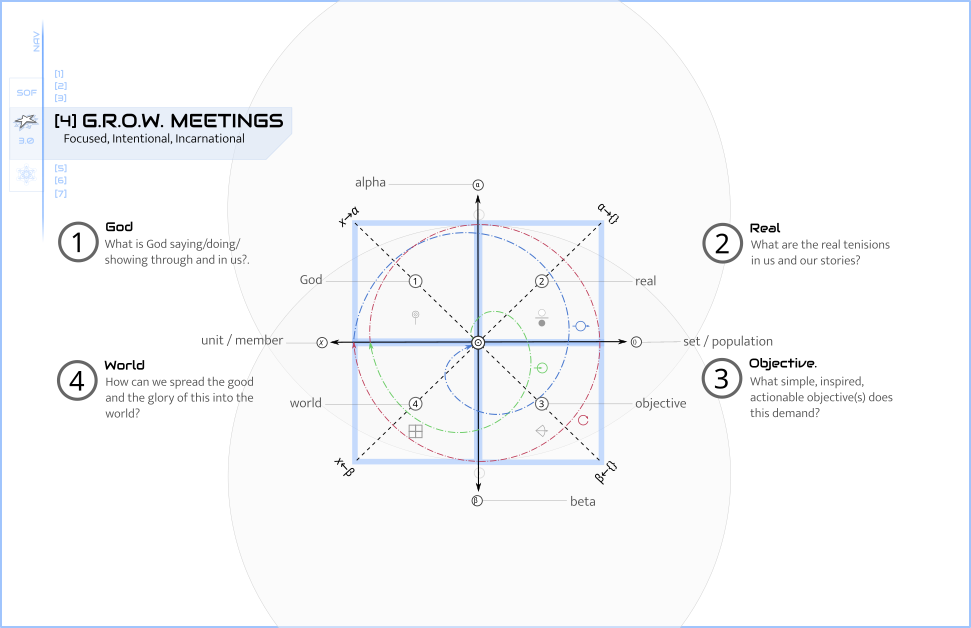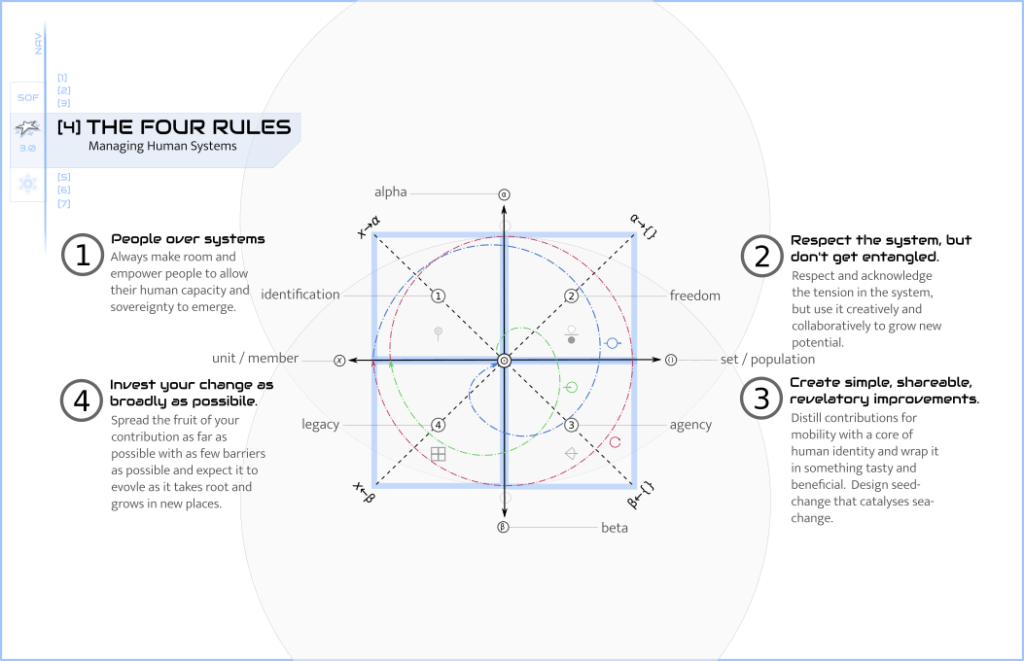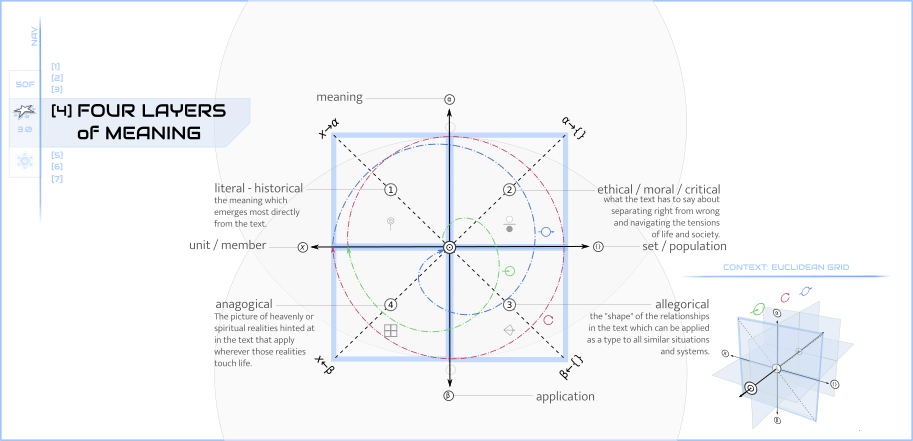
G.R.O.W. Meetings
G.R.O.W. Meetings is a framework for focused, intentional, Incarnational interactions as teams. It takes a human development and Capacity Building approach to community and blends it with a hacking-inspired rapid innovation approach to getting things done. This framework is specifically designed to be lead by the Catalyst role in PraxComs as the foundation of group-based peer-coaching.
Meeting Progression
The team meeting follows a progression of four questions to form group thought and action:
1. God: What is God* saying/doing/showing through and in us?
2. Real: What are the real tensions in us and our stories?
As a team, you are specifically looking for imbalances that drag the story down or that pull or push it off-course. Unbalanced tension should be replaced with creative tension or focused to a productive synthesis forward-looking synthesis.
3. Objective: What simple, inspired, actionable objective(s) does this demand?
This relates strongly to Rule 3 of [4] The Four Rules: Create simple, shareable, revelatory improvements. People will neither grow nor accomplish anything if they get tied up in complexity. Change won’t spread organically if it’s not shareable. And change will not be for the better if it doesn’t reveal identity: who we are and the truth of how things are meant to be.
This is why effective objectives should produce Seed-shaped Innovations or Good Fruit:
Seed-shaped Innovations: A seed is composed of a DNA-carrying germ, a supply of food to make it grow, and a coat to protect and transport the seed on its way. By metaphor, a Seed-shaped Innovation (1) includes the identity of the author(s) and just enough instructions to be true to the original mission in different environments. (2) It is packaged with just enough resources to get the innovation to take root. (3) It is packaged in a way that protects its fidelity and transports it to where it is needed in space and time.
Good Fruit: This metaphor extends Seed-shaped Innovations by expanding the protective/transportation coat so that it is designed specifically to be nutritious and delicious to a larger system that will symbiotically “consume” the fruit is exchange for spreading the seed of innovation.
4. World: How can we spread the good and the glory of this into the world?
Catalyst Role
The Catalyst is responsible for two main things in the G.R.O.W. Meetings process: (1) helping people grow (Capacity Building) and (2) keeping the team on task (rapid innovation). These two objectives often represent a Creative Tension that, when managed well, produces a deep and powerful synthesis. The tension arises from people’s great need in investment in order to have the capacity to get things done and each community’s need for real, simple, solutions to their practical situations.
Catalysts have two “tool boxes” that help them accomplish these two objectives:
The Teaching Toolbox
When the emphasis of team time needs to lean towards Capacity Building, the Catalyst uses “The Teaching Toolbox”. The Teaching Toolbox is still concerned with getting things done, but it focuses on Education (investing in) the information for action so members have the capacity to choose effective actions and carry them out to completion.
Holonic Teaching Paradigm
The Catalyst uses a Holonic Teaching Paradigm where Mythos is a “lens” to focus on all I/we come from and all I/we could be. The “lens” is formed from inspired Ancient Texts and PopMyth (Popular Mythology).
Zone Teaching
When Capacity Building is needed in order to help a member or the entire team be successful in a zone of G.R.O.W., the Catalyst should bring text/myth/story according to the values of [4] The Four Rules, focusing on 1. Identity, 2. Ethical Balance, 3. Skills, and 4. Ultimate Vision/Impact.

The Coaching Toolbox
When the emphasis of team time needs to lean towards rapid innovation, the Catalyst uses “The Coaching Toolbox”. The Coaching Toolbox is still concerned with people growing, but it focuses on Educing (drawing out) the information for action from the team members (rather than investing it in them through education) and helping them apply it to an action and commit to complete it.
Dialectic Level
- What is my/our position?
- What process-step can I/we take right now?
Trinity Level
- What is my/our position?
- What process-step can I/we take right now?
- What action-step will I/we take immediately?
Quad Level
- What is my/our position?
- What process-step can I/we take right now?
- What action-step will I/we take immediately?
- How will I/we support the spread of the benefits?


